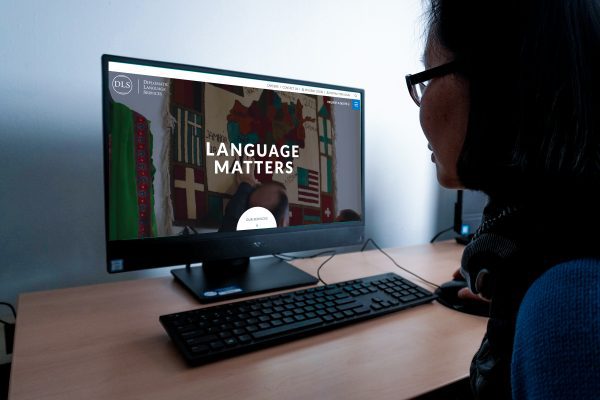Like in most industries today, technology is quickly becoming a standard component of many language training programs. Whether it be mobile apps, websites, video conferencing software, or podcasts, countless options are available to help instructors and learners enhance their language learning and teaching experiences. While other technology tools are widely used, language apps are convenient and user-friendly, which has made them particularly popular. In addition to being convenient, language apps are constantly being developed, improved, and updated to offer users high-quality, innovative content. Just as every learner’s needs, goals, and abilities differ in language training, today’s top language apps use their own unique approach to teaching and serve different purposes. There is an app for every type of user, but it is just a matter of finding the right one for you.

Students currently enrolled in a language course might use a language app for extra-curricular practice. One option, primarily geared toward beginner to low-intermediate users, is Duolingo, an interactive app that teaches language through playing different games. Users learn a language in small, topic-based sets of vocabulary words and verb tenses (ex. “Medical Terms”, “Holidays”, “Past Tense Verbs”) by matching words, unscrambling sentences, translating words and phrases from the target language to the user’s native language and vice versa. Users can set goals, “master” new skills, and earn points for progression. Duolingo is designed to be used in short intervals and on the user’s own schedule, making it a perfect tool for practicing vocabulary and grammar they are learning in class.

Mango, another option for current students, takes an approach to teaching language that is more in-depth, involved, and interactive than most apps, as it simulates the way in which people learn a language when they are in-country. Users can learn “real life” language needed for different scenarios, not unnecessary “fluff” language, meaning they are taught phrases like “Hello, how are you today?” rather than “The dog is yellow.” Mango users will also focus primarily on pronunciation and can practice by “chatting” in the target language with native-speaking narrators. This tool is an ideal supplement to any language course, as proper pronunciation, and continuous use of the spoken language, is the key to mastering a foreign language.
Duolingo and Mango are designed not just for practice by current students, but are quite beneficial to former students as a “brush-up” tool for maintaining their language skills. As language acquisition is a complex and meaningful processes, constant usage and reinforcement are of the utmost importance to language students, which can be difficult to do in busy, every-day life. Now, these language apps have helped create a realistic and easy solution, allowing students enhance and to stay on their language-learning journey for years to come.
For more DLS, check out other blogs and visit us on Facebook, LinkedIn, Instagram, or Twitter!




